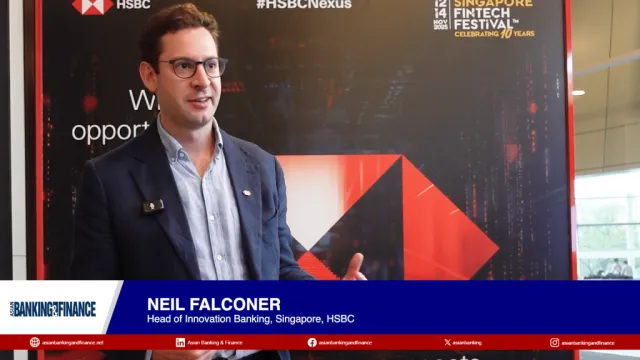Cheow Hoe Chan: Managing the IT Agenda
By Cheow Hoe ChanOver the last five years we have seen four key trends which have dramatically reshaped IT’s role within organisations.
IT risks have increased exponentially over the years with these trends:
• Growth of Internet, electronic commerce and the increasing global nature of business with widespread use of full function mobile devices
• Heightened concerns and new regulations around customer privacy with increased complexity of security risks and advanced threats from institutional hackers
• Constant pressure on cost structure and efficiency to reduce IT unit cost considerably
• Aging IT infrastructure not being able to cope with business expectations of quick time to market and innovation
While each of these trends is important individually, collectively they represent a fundamental change in the way IT is viewed by stakeholders and what is expected of the IT function.
The expectations around technology have increased dramatically from business and other stakeholders. Yet with these increased expectations and risks, resources for many IT functions have been kept flat or decreasing. This poses significant challenges and concerns to both IT and business leaders.
Figure 1: Increasing expectations and risks on IT function
Increasing need for alignment and stakeholder engagementIT is being viewed not simply as a support function, but a critical enabler for the business. As a result, IT now has more interested stakeholders than in the past. These stakeholders are more interested in steering the direction of IT and how major initiatives are aligned with key business drivers and overall business requirements. Therefore, ensuring business and IT priorities are met has become a major challenge in many organisations.
Figure 2: IT governance and management
The key to successful IT management is how to deliver value to all the stakeholders with very different agendas, thus keeping IT relevant to the organisation. The overall governance framework has become very complex especially when IT funding is not in the hands of the Chief Information Officer (CIO) but the businesses. The constant tension between running the business as usual (BAU) and delivering tangible value at a lower cost to the various stakeholders has put considerable strain on managing IT. This coupled with aging platforms and infrastructure has compounded the problems.
Keeping IT relevant
From an organisation perspective, we believe that the CIO should focus on three core objectives:
• Create value: How can IT help create value for the business?
• Rationalise cost: How can IT improve its cost structure across the enterprise and re-invest on value creation projects?
• Manage risks: How can IT help the organisation better manage risks - both IT and non-IT risks?
All three – value, costs and risks – must be balanced and effectively managed to create a leading IT function that can deliver tangible benefits to the enterprise. Managing the IT agenda requires a balanced approach. This is where the CIO needs to build an organisation that can deal with the various challenges that he faces each day and disciplined processes that he/she can rely on.


















 Advertise
Advertise









